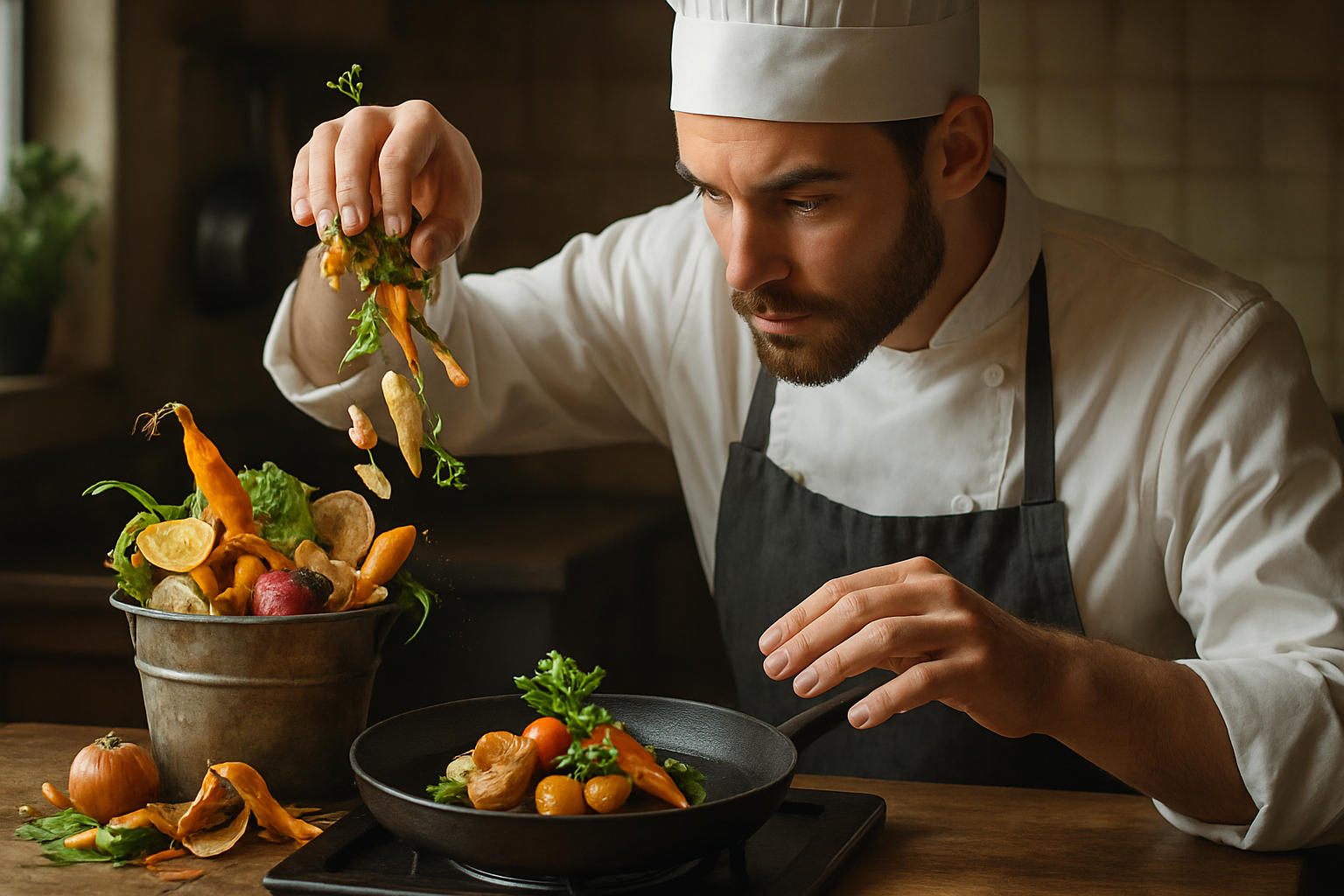Culinary Alchemy: Transforming Humble Ingredients into Gourmet Delights
Elevate your cooking game by mastering the art of transforming simple ingredients into extraordinary dishes. This culinary alchemy isn't just for professional chefs – with a bit of creativity and know-how, you can turn everyday staples into gourmet masterpieces right in your own kitchen.

Texture Transformation Techniques
Texture plays a crucial role in elevating dishes from ordinary to extraordinary. Mastering techniques that alter texture can completely transform an ingredient. Try turning carrots into a velvety purée or crispy chips. Experiment with molecular gastronomy techniques like spherification to create caviar-like beads from fruit juices. Use a spiralizer to turn zucchini into noodles, or try your hand at pickling to add crunch and tang to vegetables. Even simple methods like toasting nuts or seeds can add depth and complexity to a dish. The contrast between soft and crunchy, smooth and rough, can turn a one-note dish into a symphony of textures.
The Art of Presentation
They say we eat with our eyes first, and presentation can truly elevate a dish from homemade to restaurant-quality. Start by considering color – a vibrant plate is more appealing than a monochromatic one. Use edible flowers, microgreens, or herb oils to add pops of color. Play with height by stacking elements or using garnishes that stand tall. Embrace negative space – sometimes less is more, and a carefully arranged plate with some empty areas can look more sophisticated. Invest in some quality dishware; a beautiful plate can make even the simplest dish look gourmet. Remember, symmetry isn’t always necessary – sometimes an off-center or asymmetrical arrangement can be more visually interesting.
Umami: The Fifth Flavor
Umami, often described as a savory or meaty taste, is the fifth basic flavor alongside sweet, sour, salty, and bitter. Understanding and harnessing umami can elevate your cooking to new heights. Ingredients rich in umami include tomatoes, mushrooms, aged cheeses, soy sauce, and fermented foods. Incorporating these into your dishes can add depth and complexity. Try adding a Parmesan rind to your next soup or stew, or use dried mushrooms to create a rich stock. Miso paste can be a secret weapon in both savory and sweet dishes, adding an intriguing depth of flavor. Experiment with umami-rich ingredients to transform simple dishes into complex, satisfying meals.
Reimagining Leftovers
Transforming leftovers is perhaps the ultimate test of culinary creativity. Instead of simply reheating, reimagine your leftovers into entirely new dishes. Turn yesterday’s roast chicken into today’s chicken pot pie or Asian-inspired chicken salad. Leftover rice can become arancini (Italian rice balls) or a base for a vibrant fried rice. Even stale bread has potential – try turning it into a panzanella salad or homemade croutons. The key is to think beyond the original dish and consider how the flavors and textures can be repurposed. With a bit of creativity, leftovers can become the star of your next meal, reducing food waste while impressing your guests.
Culinary Alchemy: Tips & Tricks
• Invest in a good set of knives and learn proper cutting techniques
• Experiment with infusions – herbs in oil, vanilla in sugar, chili in honey
• Master the art of seasoning – salt isn’t just for flavor, it can enhance textures too
• Learn to make your own stocks and broths for a flavor boost in soups and sauces
• Don’t be afraid to mix cuisines – fusion can lead to delicious discoveries
• Embrace imperfection – some of the best culinary innovations come from ‘mistakes’
In conclusion, culinary alchemy is about more than just cooking – it’s about transforming the ordinary into the extraordinary. By mastering flavor layering, texture transformation, presentation techniques, and understanding umami, you can elevate simple ingredients into gourmet delights. Remember, the most important ingredients are creativity and willingness to experiment. So, don your chef’s hat, fire up the stove, and start your journey into the magical world of culinary transformation. Who knows? Your next kitchen experiment might just result in your signature dish!





